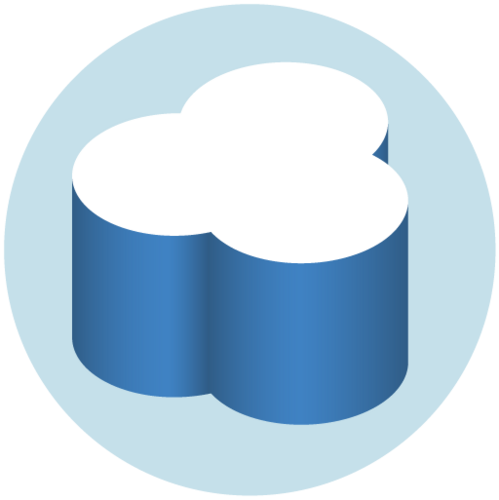[Excerpted from the Riparian Data blog]
This ongoing series examines some of the key, exciting players in Boston’s emerging Big Data arena. The companies I’m highlighting differ in growth stages, target markets and revenue models, but converge around their belief that the data is the castle, and their tools the keys. You can read about the first five companies here.
6) Nasuni
- Product: Nasuni is an cloud enterprise storage system. Their Nasuni Filers propagate data from a local disk cache to cloud storage, essentially giving users a unified file share in the cloud that doesn’t require replication of file servers.
- Founder: Andres Rodriguez
- Technologies used: on-premise storage, UniFS™ file system, VMs, cloud storage
- Target Industries: Manufacturing, Construction, Legal, Education
- Location: Natick, MA
7) VoltDB
- Product: VoltDB is an in-memory relational database designed to handle millions of operations per second (125k TPS per commodity server) with near-perfect fault tolerance and automatic scale-out. It has three flavors—an Enterprise, startup/ISV, and community edition.
- Founder: Michael Stonebraker (ln)
- Technologies used: in-memory DBMS, OLTP, ACID, SQL
- Target industries: Capital Markets, Digital Advertising, Online Games, Network Services
- Location: Billerica, MA



 A new
A new 




 Big data is a big deal right now, and it’s only going to become a bigger deal in the future, so it makes sense to learn about as many of its aspects as you can, as quickly as you can. Or pick one and learn it very well. Or don’t pick any, if you are a staunch believer in the shelf-life of traditional data warehouses. From a machine learning deep-dive to an open-source buffet, the following five conferences provide educational and networking opportunities for both the specialists and renaissance persons among you. Attending a cool one I’ve missed? Let me know in the comments!
Big data is a big deal right now, and it’s only going to become a bigger deal in the future, so it makes sense to learn about as many of its aspects as you can, as quickly as you can. Or pick one and learn it very well. Or don’t pick any, if you are a staunch believer in the shelf-life of traditional data warehouses. From a machine learning deep-dive to an open-source buffet, the following five conferences provide educational and networking opportunities for both the specialists and renaissance persons among you. Attending a cool one I’ve missed? Let me know in the comments!